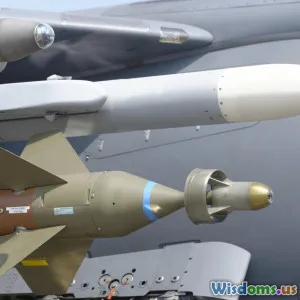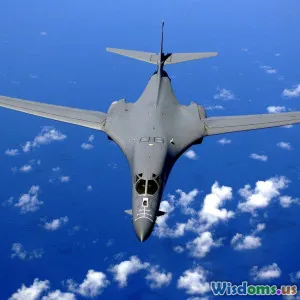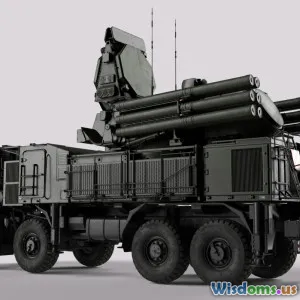
Emerging Trends in Air to Air Missile Defense Systems
19 min read Explore the latest advancements and strategic shifts in air to air missile defense systems shaping modern aerial warfare technology. (0 Reviews)
Emerging Trends in Air to Air Missile Defense Systems
The skies over modern battlefields have never been busier or more contested. With rapid advancements in fighter aircraft, drones, and hypersonic weapons, it's a race to outpace potential adversaries in the realm of air-to-air missile (AAM) defense. From revolutionary sensor suites to AI-driven threat analysis, the defense industry is forging a new era of missile defense that balances cutting-edge technology with real-world viability. Today, let's dive into the key trends changing the game for air-to-air missile countermeasures and illuminate what the future holds for aerial combat survivability.
Networked Sensing: A Web of Shared Threat Intelligence

One of the most defining shifts in modern air-to-air missile defense is the transition from isolated sensing to networked multi-platform awareness. Rather than relying solely on a jet's onboard radar, tomorrow’s fighter pilots benefit from a web of integrated sensors across allied aircraft, drones, and ground nodes. This concept, called sensor fusion, allows dogfighting forces to gain a real-time consolidated picture of airborne threats.
Concrete Example: F-35's Multifunction Advanced Datalink
The Lockheed Martin F-35 Lightning II exemplifies this approach. Its Multifunction Advanced Datalink (MADL) allows F-35s to securely share radar and targeting information. By networking their Distributed Aperture System (DAS) and AN/APG-81 AESA radars, F-35 squadrons can collectively identify enemy AAM launches—like the Russian R-77 or China's PL-15—clouding any single aircraft’s detection shortcomings. Allied AWACS (Airborne Warning and Control System) aircraft bolster the network, extending early warning coverage over vast distances.
Real-World Impact
During Red Flag exercises, US and partner aircraft with sensor-fused datalinks demonstrate up to 40% higher survivability compared to isolated platforms, primarily due to early detection and coordinated defensive tactics.
Actionable Advice
- For military planners: Invest in interoperable data links and sensor packages across allied fleets.
- For industry: Develop open-architecture systems that allow plug-and-play integration with coalition allies to maximize shared awareness.
Evolving Countermeasure Suites: Smart, Multi-Layered Defenses

Pilots can no longer rely on tradition alone—chaff, flares, and basic jammers are insufficient against modern, multi-spectral missile seekers. Instead, emerging AAM defense systems are layered, mixing traditional methods with advanced tactics like directed infrared countermeasures (DIRCM), cognitive electronic warfare, and adaptive decoys.
DIRCM in Action
The Northrop Grumman AN/AAQ-24(V) LAIRCM (Large Aircraft Infrared Counter-Measure) is one such system deployed on U.S. and allied aircraft. Using fast-tracking infrared lasers, LAIRCM "dazzles" the incoming missile’s seeker head, causing it to veer off course. Unlike flares, which can be defeated by advanced seeker's discrimination algorithms, DIRCM’s software adapts in real-time, targeting specific threat signatures.
Cognitive Jamming Systems
Recent advances involve AI-driven electronic countermeasures that sense, learn, and respond to evolving threats. For instance, Israel's Elbit Systems has pioneered self-learning cognitive EW pods that detect new missile signatures and develop tailor-made jamming responses on the fly—ideal in fast-changing battle zones where adversaries rapidly upgrade their missiles.
Comparison Table: Traditional vs. Next-Gen Countermeasure Capabilities
| Feature | Traditional Flares/Chaff | DIRCM & Cognitive Jamming |
|---|---|---|
| Response Time | Seconds | Real-time (milliseconds) |
| Adaptability | Fixed, non-learning | Adaptive to new seekers |
| Defeats Modern Missiles? | Often No | Frequently adjusts to advanced threats |
| Maintenance Complexity | Low | Moderate to high |
Actionable Insights
- Mix defense layers: No single countermeasure suffices; modern jets employ a mix for holistic defense.
- Prioritize software updates: DIRCM/EW systems require constant updates to address emerging missile seeker algorithms.
AI-Driven Threat Analysis and Automated Evasion
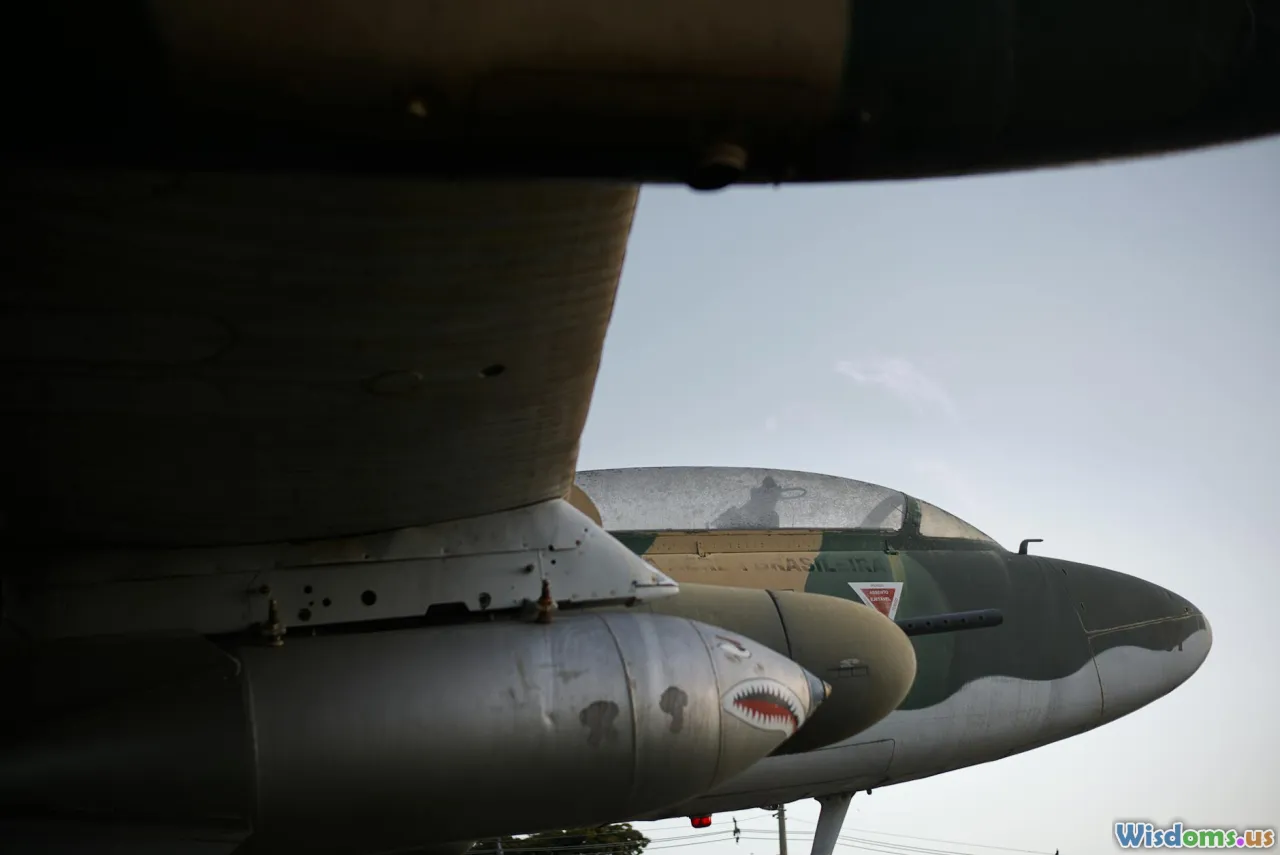
Artificial intelligence is quickly becoming a vital copilot in air-to-air missile defense. Beyond just alerting pilots, AI systems now analyze incoming threats, predict missile paths, and even suggest or execute evasive maneuvers—sometimes faster than human reaction times would allow.
Case Study: BAE Systems & Taranis UCAV
BAE Systems has demonstrated AI-driven missile avoidance aboard the Taranis Unmanned Combat Aerial Vehicle (UCAV). When sensors detected a simulated launch, Taranis's onboard autonomy suite predicted intercept times and altered its flight path, activating jammers and dropping decoys all without human intervention.
Modern Cockpit Integration
The same principles are being integrated into piloted fighters. Boeing's Loyal Wingman drone (developed for Australia) constantly analyzes threats, suggesting when to jink, climb, or egress from lethal missile zones and can even take control of defense maneuvers in unmanned modes.
Tips for Aircrews and Program Managers
- Regular AI training: Continuously train AI systems against a library of new missile tactics gathered from intelligence sources.
- Human-in-the-loop failsafes: Maintain the pilot’s ability to override AI tactical decisions.
- Simulation validation: Run AI-driven tactics through rigorous simulation before deployment.
Hypersonic Threats: The New Missile Defense Arms Race
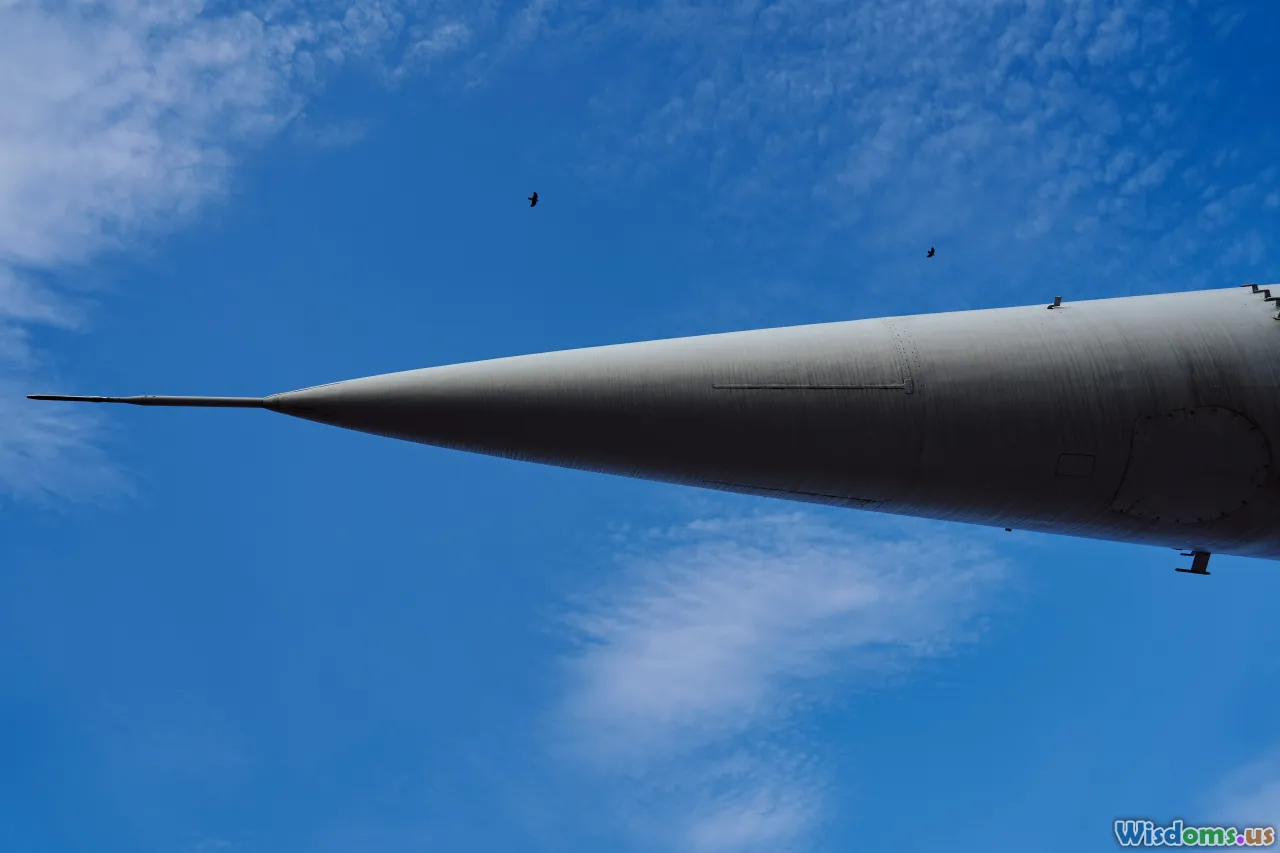
The arrival of hypersonic air-to-air threats—such as the Russian K-77M and Chinese PL-21—has upended conventional defense doctrine. These weapons travel at Mach 5+ and maneuver at altitudes and speeds previously unthinkable, compressing response windows to a matter of seconds.
Challenge: Intercepting Hypersonic Missiles
At hypersonic speeds, the warning and intercept time is dramatically reduced. Standard kinetic interceptors and flares become almost obsolete. This reality has fueled global investment in rapid-reaction, high-acceleration countermeasures.
Example: Tactical High-Energy Lasers
U.S. defense firms are fast-tracking airborne laser weapons able to superheat and destroy hypersonic projectiles mid-flight. In 2023, Lockheed Martin announced successful ground-based trials of a 36-kilowatt laser capable of intercepting supersonic missile targets. Israeli defense company Rafael is prototyping airborne laser pods for F-15s, aiming for future integration as onboard defensive bubbles.
Comparative Table: Conventional vs. Hypersonic Countermeasure Timelines
| Action | Conventional Missile | Hypersonic Missile |
|---|---|---|
| Pilot Response Time | 5–10 seconds | 2–3 seconds |
| Countermeasure Effective | Yes (often) | Rarely |
| Need for Automation | High importance | Absolute necessity |
What Is Needed
To defeat future hypersonic AAMs, defense systems must:
- Leverage instantaneous AI-driven threat assessment.
- Deploy high-speed directed energy weapons.
- Integrate distributed sensor networks for maximum early warning distance.
Stealth and Signature-Reduction: Stay Hidden, Stay Alive
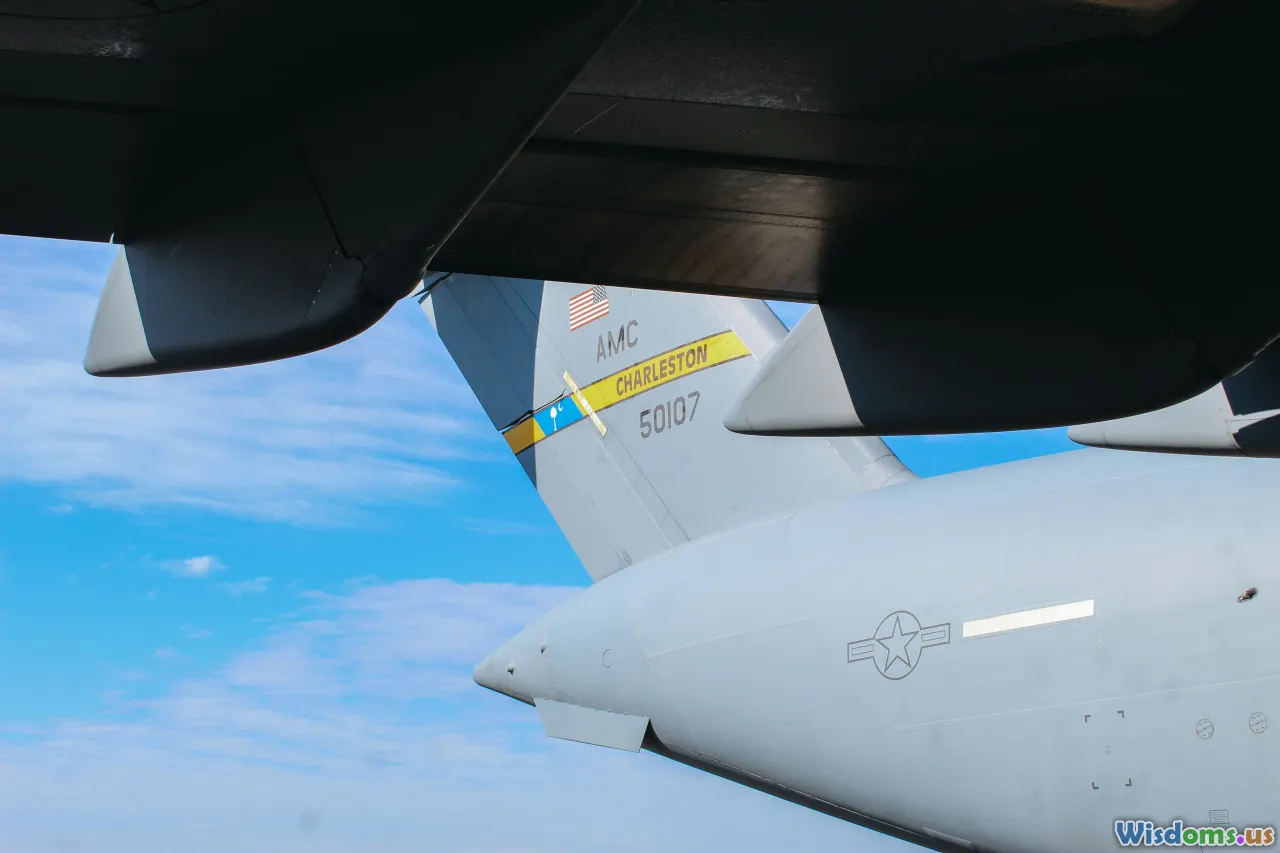
Even the best countermeasures cannot intercept a missile that never sees its target. Thus, signature reduction—through radar, infrared, and electronic stealth—remains a top defensive priority.
Signature Management: Elements and Trade-offs
- Radar Absorbent Material (RAM): Covers critical surfaces to dampen radar reflections; found on jets like the F-22 and J-20.
- Shape Optimization: Smoothly curved fuselages and internal weapon bays minimize radar cross-section (RCS).
- Active Cancellation: Uses electronic emitters to ‘cancel’ out incoming radar waves, a concept explored by Russia’s Su-57 program.
Example: F-22 Raptor Stealth Measures
The U.S. F-22 combines all three methods. Its RCS is said to be as small as a steel marble, making it challenging for all but the most advanced missile seekers to track. Additionally, infrared plume suppression systems mask engine heat from IR-guided AAMs.
Balancing Stealth and Performance
However, signature reduction isn't free—RAM is costly and maintenance-intensive, and fully internal weapons bays restrict payload options. Future trends seek to balance improved stealth with operational cost and versatility.
Tips
- For manufacturers: Continuously innovate lighter, more durable RAM composites.
- For operators: Ensure rigorous stealth maintenance protocols to retain survivability edge.
- For planners: Anticipate increased adversary capability to defeat legacy stealth; evolve accordingly.
Collaborative Autonomous Swarms: Drones as Airborne Bodyguards
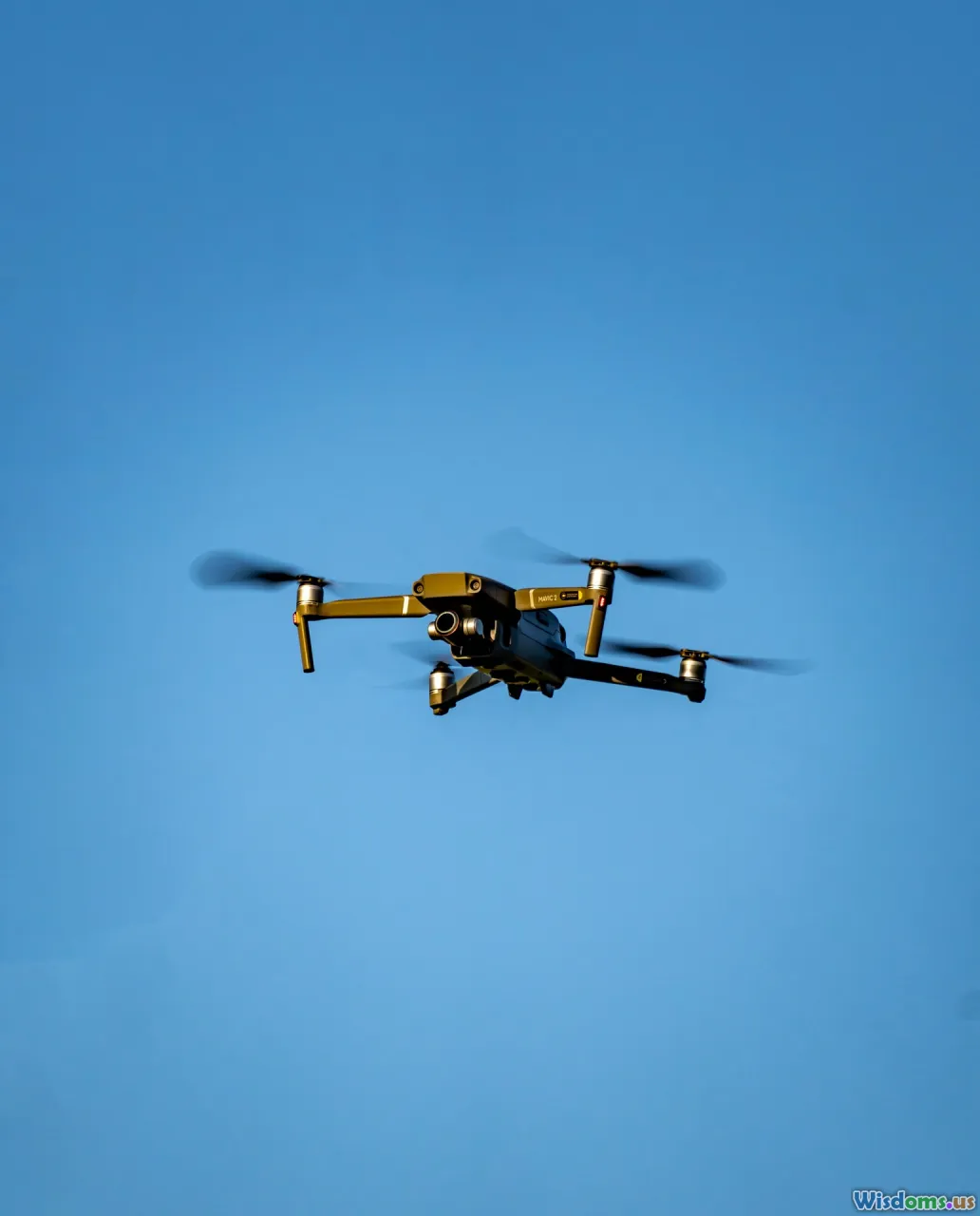
Within the next decade, fighters may rarely operate alone. Instead, drone swarms—autonomous or semi-autonomous UCAVs—will fly in formation, acting as bodyguards, decoys, and sensor platforms. This distributed approach multiplies options for confusing and neutralizing air-to-air missile attacks.
Action in Progress: Skyborg Vanguard and Loyal Wingman
The US Skyborg program and Australia’s Loyal Wingman project are pioneering this tactic. Picture an F-35 entering a hostile zone trailed by half a dozen networked drones: some might deploy electronic countermeasures, others release novel decoys, and a few could act as kinetic interceptors to physically intercept incoming AAMs.
Hypothetical Mission Scenario
- An adversary launches two radar-guided AAMs at an inbound strike package.
- Aerial drones positioned in outer formation detect the threat and autonomously dispatch high-speed interceptors, with another drone launching sophistication electronic jamming signals tailored to defeat the seeker types.
- The lead fighter seamlessly redirects resources—jamming, decoys, maneuver commands—to optimize survivability in real time, coordinated among manned and unmanned assets.
Analysis: Why Swarms Matter
- Absorb attrition: Cheaper robots can afford losses that would devastate pilot morale and politics.
- Diverse effects: Each drone in a swarm could carry unique sensors or countermeasures, complicating enemy missile targeting logic.
- Distributed risk: No single platform is a linchpin—enemy must diversify attacks.
Industry Tips
- Modular design: Build drone platforms able to carry varying payloads—electronic, kinetic, flares, etc.
- Field Upgradable: Design UCAVs for quick sensor/countermeasure swaps in a forward-operating environment.
Digital Twins and Continuous Training: Outmaneuvering in the Virtual Arena
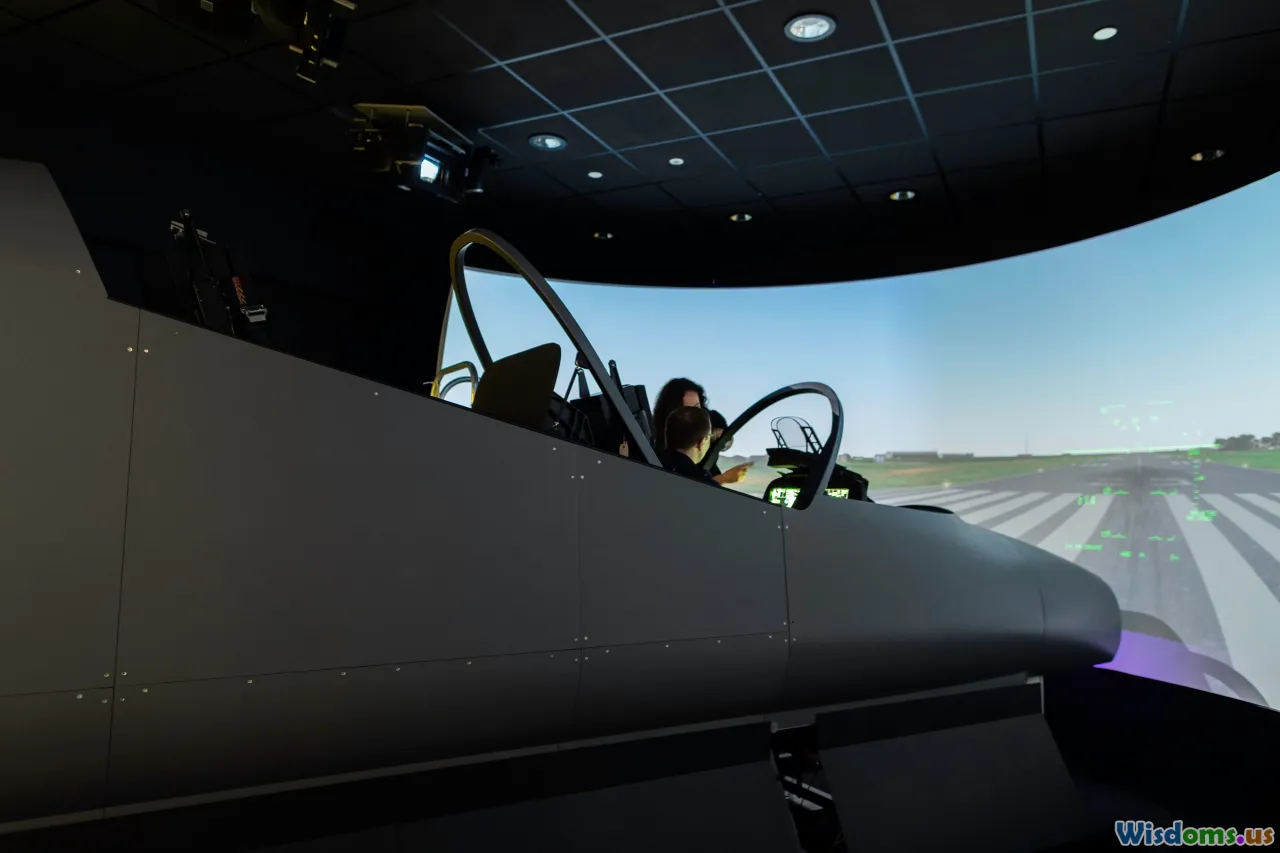
Digital twins—high-fidelity virtual models of aircraft and their countermeasures—are revolutionizing how aircrews prepare for missile threats. Coupled with advanced simulators and iterative wargaming, these systems allow defense forces to adapt tactics and test upgrades before ever facing a real missile in flight.
NATO’s Distributed Mission Training (DMT)
NATO air forces increasingly rely on simulators that network together multiple fighter cockpits and AAM threat models for concurrent training across countries. Pilots run intricate "what if" scenarios—such as facing a mass salvo of dual-mode seeker AAMs or encountering a new Chinese missile variant—helping forge and refine counter-missile trajectories and teamwork skills.
Industry Example: MBDA and Digital Integration
MBDA, the manufacturer of Meteor and ASRAAM missiles, now delivers digital twin models of both their weapons and counter-countermeasures. This allows defense customers to rigorously trial advances against projected next-gen AAMs in cyberspace.
Advantages
- Rapid iteration: Tactics and upgrade options are stress-tested in a risk-free virtual domain.
- Intelligence loop: Lessons from real-world operations are uploaded to simulators, closing the feedback circle.
- Resource efficient: Rather than flying expensive aircraft for every trial, aircrews use increasingly realistic virtual threats.
Tips for Implementation
- Frequent injection: Update digital threat libraries regularly with global missile developments.
- Cross-force drills: Involve joint and allied crews to expose pilots to diverse threat styles and counter-tactics.
The Road Ahead: Integrating Innovation with Doctrine

The relentless advance of air-to-air missile technology is matched step for step by modern defense countermeasures—but technology alone isn’t a silver bullet. Integration is key. Effective missile defense requires seamless synergy between hardware (sensors, countermeasures, circuit boards), software (AI, EW tools, network protocols), and human factors (well-trained pilots, adaptive doctrine).
Exercising these technologies together—via multinational exercises, digital wargaming, and ongoing industry-military collaboration—stands as perhaps the most overlooked yet most crucial trend in air-to-air missile defense.
We are witnessing a transformation defined not just by what a single aircraft can do, but by what a whole ecosystem of platforms, pilots, and algorithms can accomplish working in concert. As the next generation of pilots and engineers step into the cockpit, their first and last line of defense will be built as much by teamwork and constant evolution as by materials or microchips. The battle for the sky is truly entering a dynamic, networked age—one where innovation in missile defense will separate airpower leaders from those left behind.
Rate the Post
User Reviews
Popular Posts











